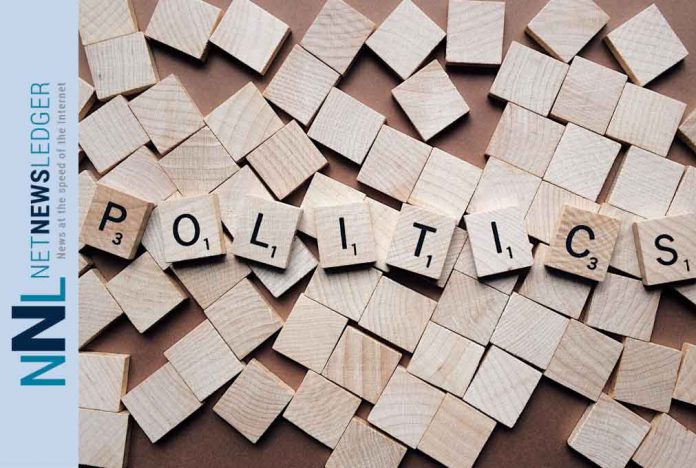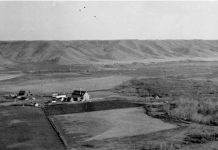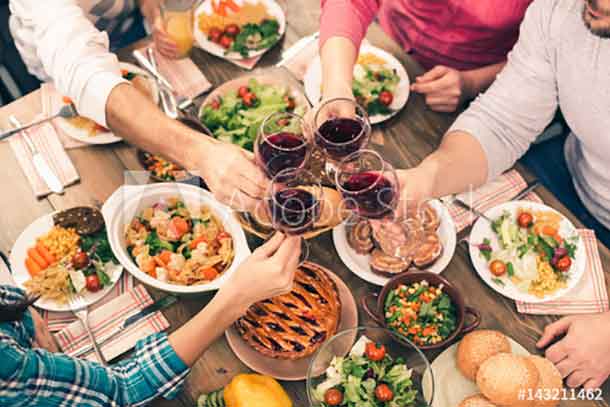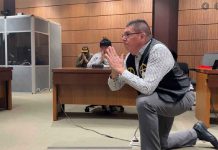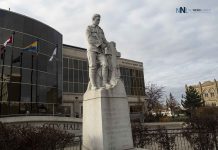WINNIPEG – OPINION – Last month, activist Leah Gazan soundly defeated longtime Manitoba MLA and former provincial cabinet minister Andrew Swan to become the NDP candidate in the federal riding of Winnipeg Centre.
She did it by signing up a record number of new voters, tripling the riding’s NDP membership to more than 900 on nomination day.
Richard Lennon, chairman of the NDP riding association for Winnipeg Centre, told the CBC: “We haven’t seen that amount of members in this riding for as long as I know — at least 25 years.”
Gazan’s primary competition will be Liberal MP Robert-Falcon Ouellette, who defeated NDP veteran Pat Martin and ended his near-two-decade hold on the downtown riding in 2015.
Canada’s federal election will be held Oct. 21, and it will feature a rarity in Canadian politics: two Indigenous candidates going head-to-head in an urban riding.
Gazan is Lakota from Wood Mountain Lakota Nation; Ouellette is Cree from Red Pheasant First Nation.
They join what may be a record number of Indigenous candidates.
In B.C., longtime Kwakwaka’wakw chief councillor of Kwikwasut’inuxw Haxwa’mis First Nation and vice-president of the Union of B.C. Indian Chiefs Bob Chamberlin announced he is seeking the NDP nomination in Nanaimo-Ladysmith.
In Saskatchewan, Chief Tammy Cook-Searson of the Lac La Ronge Indian Band is seeking the Liberal nomination in the northern riding of Desnethé-Missinippi-Churchill River. If victorious, she will face NDP MP Georgina Jolibois in another choice between Indigenous candidates.
In Manitoba, Liberal MLA Judy Klassen (Keewatinook) announced last week she will be seeking the federal Liberal nomination in Churchill-Keewatinook Aski.
Down south, Ojibwa and Métis activist and founder of the North End Family Centre Kyle Mason has obtained the NDP nomination in the battle for Winnipeg North.
It’s the age of the Indigenous political party candidate.
In the 2015 federal election, 54 Indigenous candidates ran for the Conservatives, Green party, Liberals, and NDP — an increase from 31 in 2011.
This jump parallelled voter turnout: in 2015, 61.5 per cent of eligible Indigenous voters cast a ballot — the highest amount in Canadian history. It also resulted in the largest number of Indigenous MPs in Canadian history (eight Liberals, two NDP).
Wait till you see what happens this time around.
According to a 2018 study done by Policy Options, four Canadian ridings have Indigenous peoples as the majority populations, 12 have an eligible voter population of 20 to 50 per cent Indigenous peoples, and 83 have five to 20 per cent Indigenous voters.
That’s 99 ridings where Indigenous voters will have a substantial say in who represents them — representing more than a quarter of the 338 seats in Parliament.
Everywhere else, the Indigenous population is rising; up 42.5 per cent from 2006-16, according to the census.
Historically, “status” Indians had only been given the right to vote since March 31, 1960, and most have seen it as either pointless or a contravention of Indigenous sovereignty.
In some cases, this is still true. Whenever Indigenous interests are set against the national agenda — especially when it comes to energy or “development” projects — Indigenous interests are always a “problem,” set aside, or manoeuvred around.
Is Canada as interested in Indigenous peoples as much as Indigenous peoples are invested in Canada?
As seen with the recent expulsion of Jody Wilson-Raybould from the Liberal party, Indigenous MPs are often only useful if they tow the party line.
This hasn’t always been the case. In fact, Manitoba’s first MPs were “revolutionary” Indigenous Conservatives.
Pierre Delorme and Angus McKay were Métis elected in 1870, and spent their careers battling Sir John A. Macdonald and their own party over Indian policies. (They battled with Indigenous peoples as well — Métis leader Louis Riel had McKay arrested in 1870, due to a political disagreement.)
Indigenous peoples don’t often come without their values, opinions, and cultures. This means as much as parties want an Indigenous face to market, they had better be prepared to incorporate or overhaul agendas on issues such as the environment, ethics, and the laws of the country.
In her acceptance speech March 31, Gazan touted her “progressive socialist agenda” and announced to the 1,000 or so NDP members in attendance: “This is what a movement looks like. This is what a movement sounds like.”
Yes, but old ways die hard. Canada’s not used to strong-willed, steadfast, and vocal Indigenous leadership.
Is Canada ready for real Indigenous leadership? Real Indigenous debates over the future of this country?
In history, 39 Indigenous people have been elected members of Parliament. Seventeen have been selected as senators (one of them is my father).
Provincially and in the territories, 11 out of 13 legislatures have voted-in Indigenous candidates (Nova Scotia and P.E.I. have yet to).
Assembly of First Nations National Chief Perry Bellegarde said after the federal election in 2015: “If you want to become an MP, you better listen to us. You better focus on our issues, because we’re voting now.”
We’re also running now.
Welcome to the federal election of 2019.
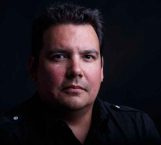 Niigaan Sinclair
Niigaan Sinclair
Originally appeared in the Winnipeg Free Press on March 30, 2019. Republished with the permission of the author


